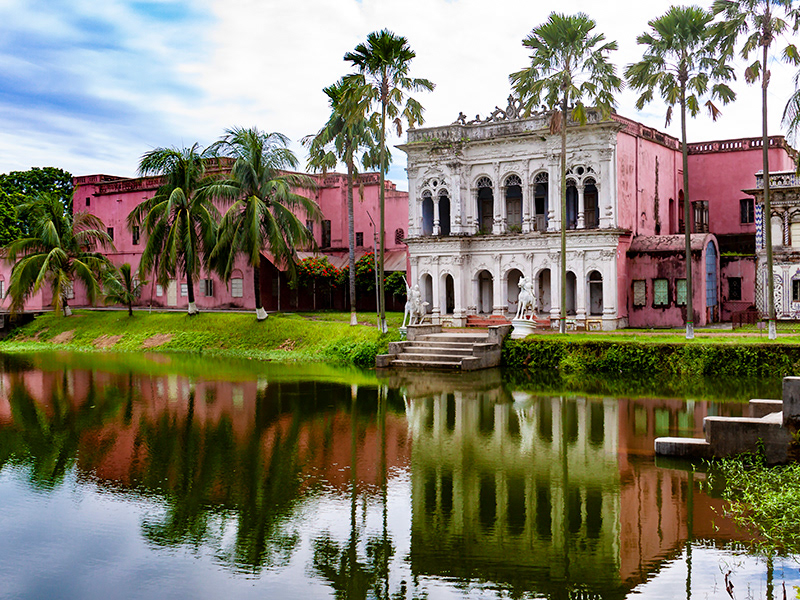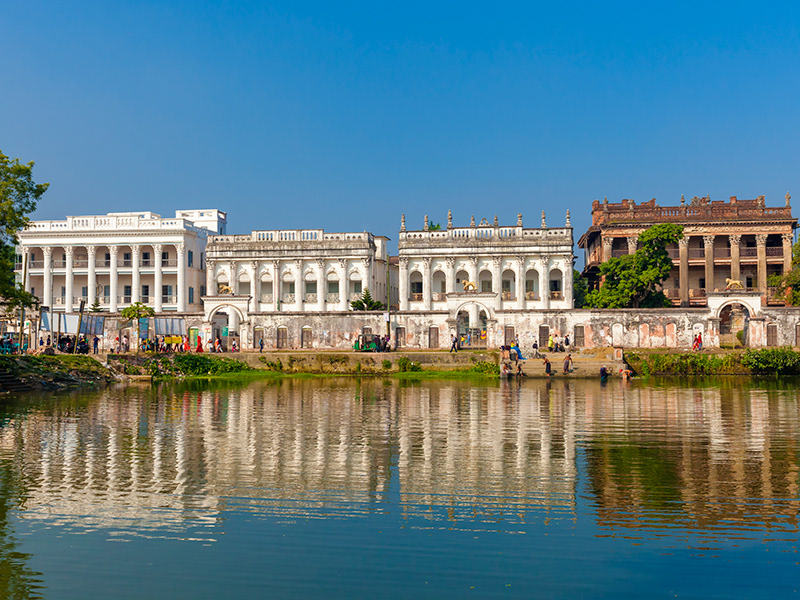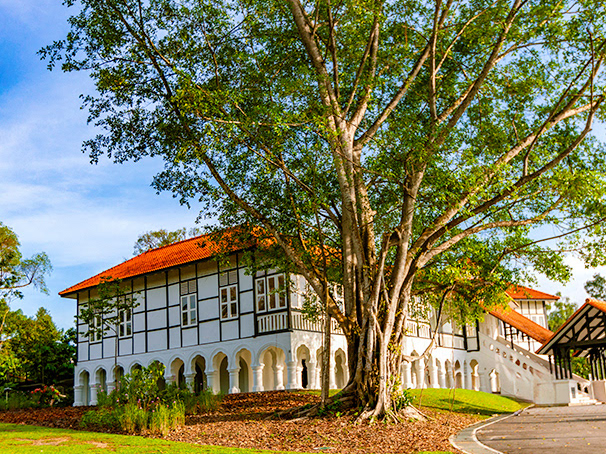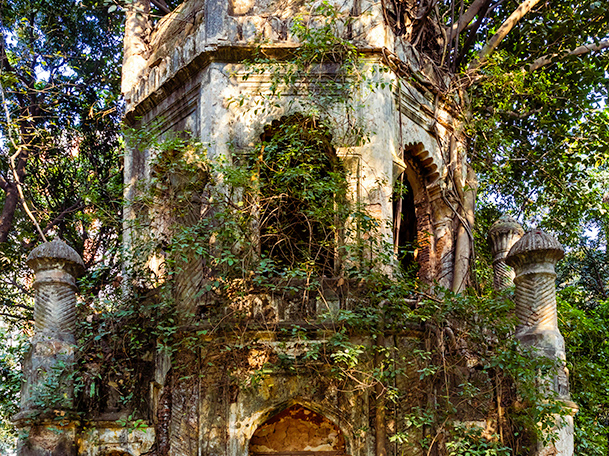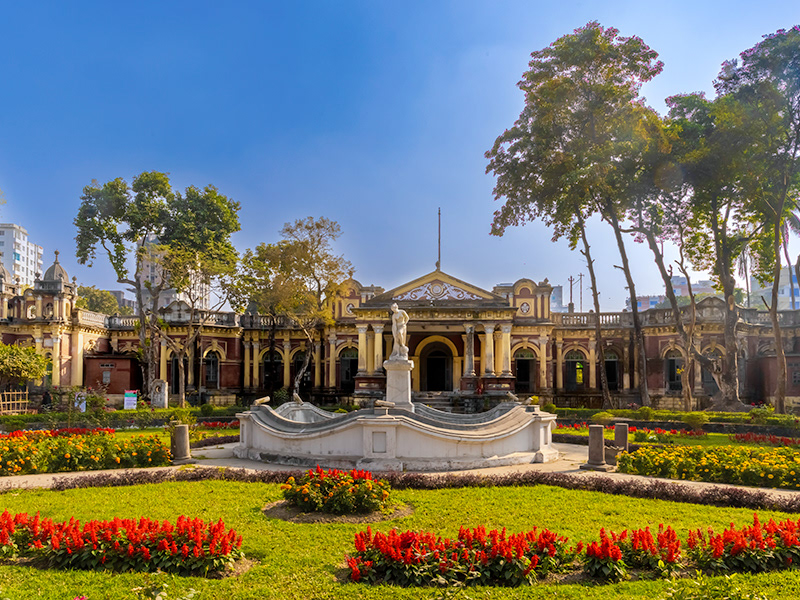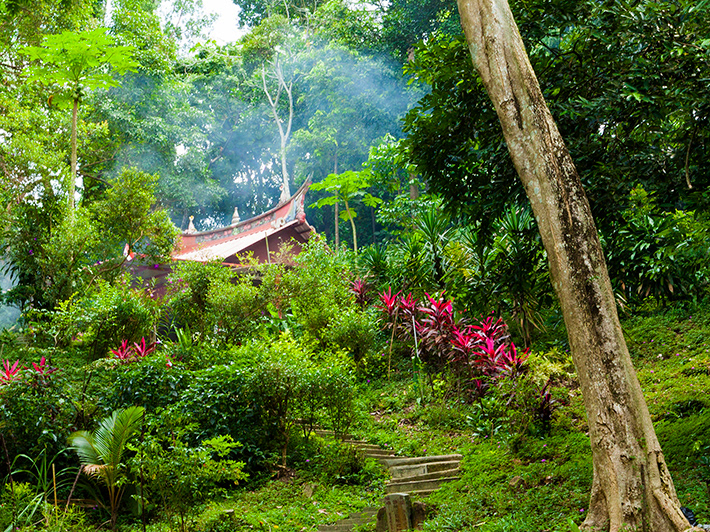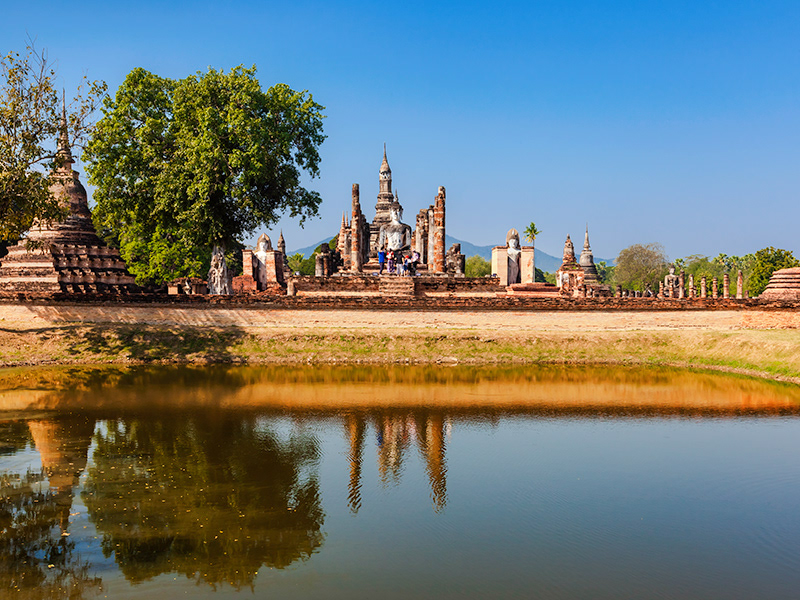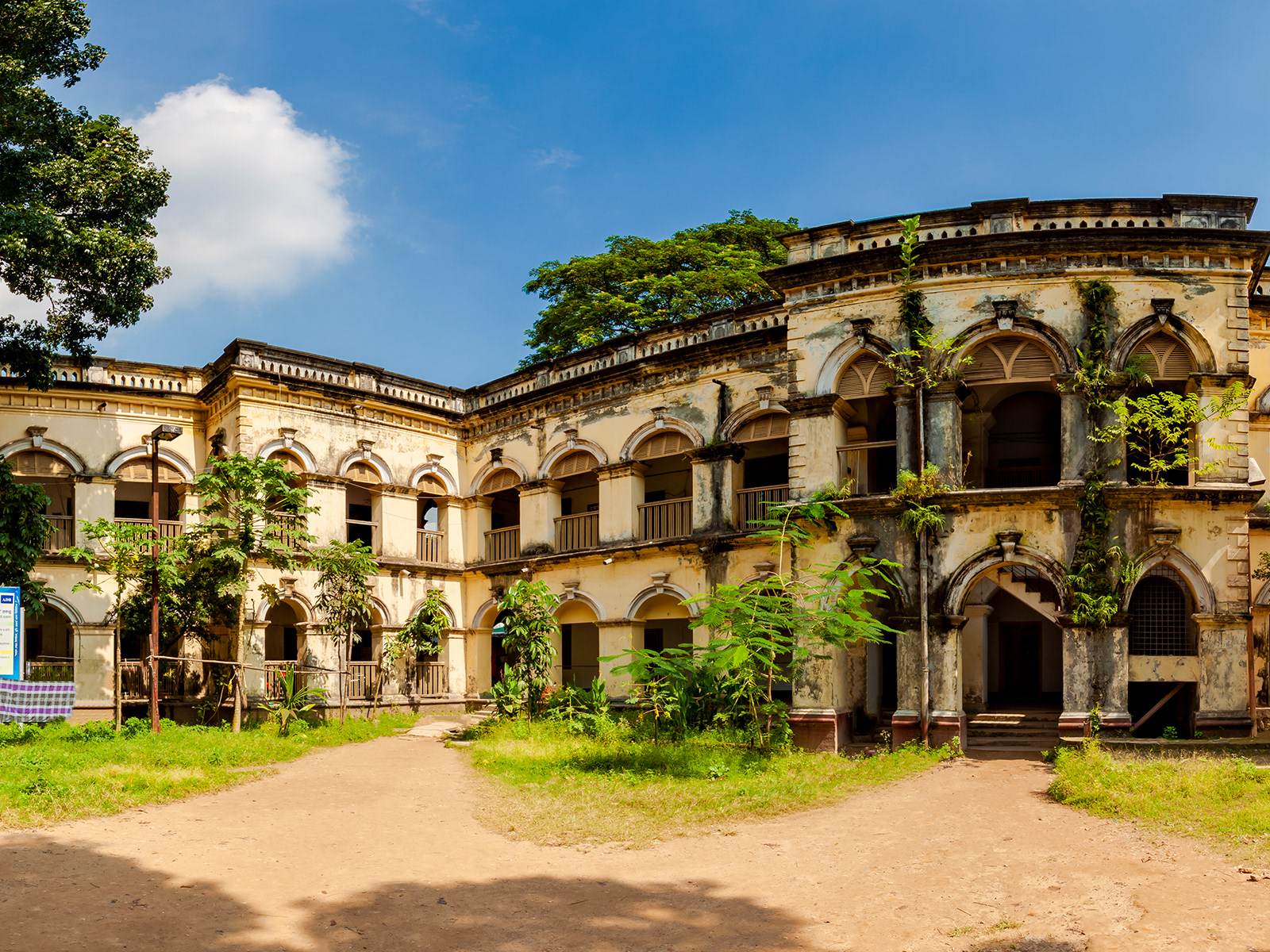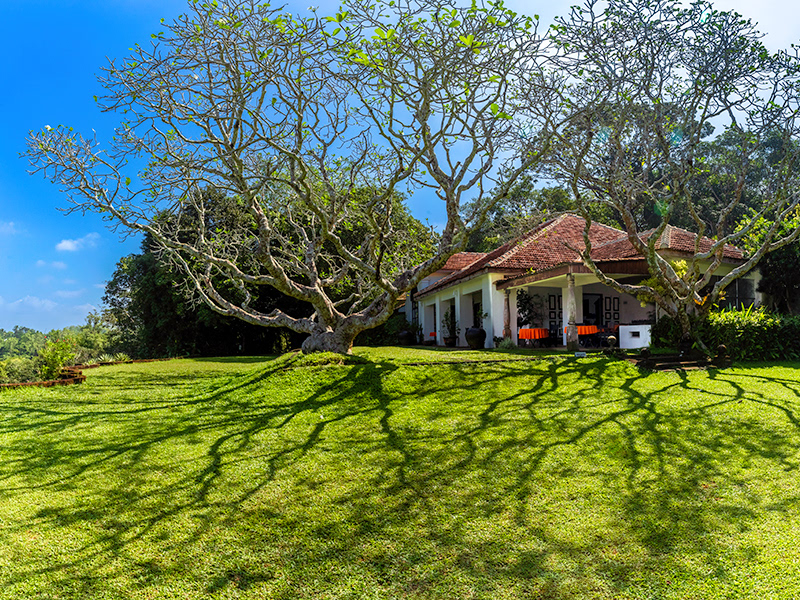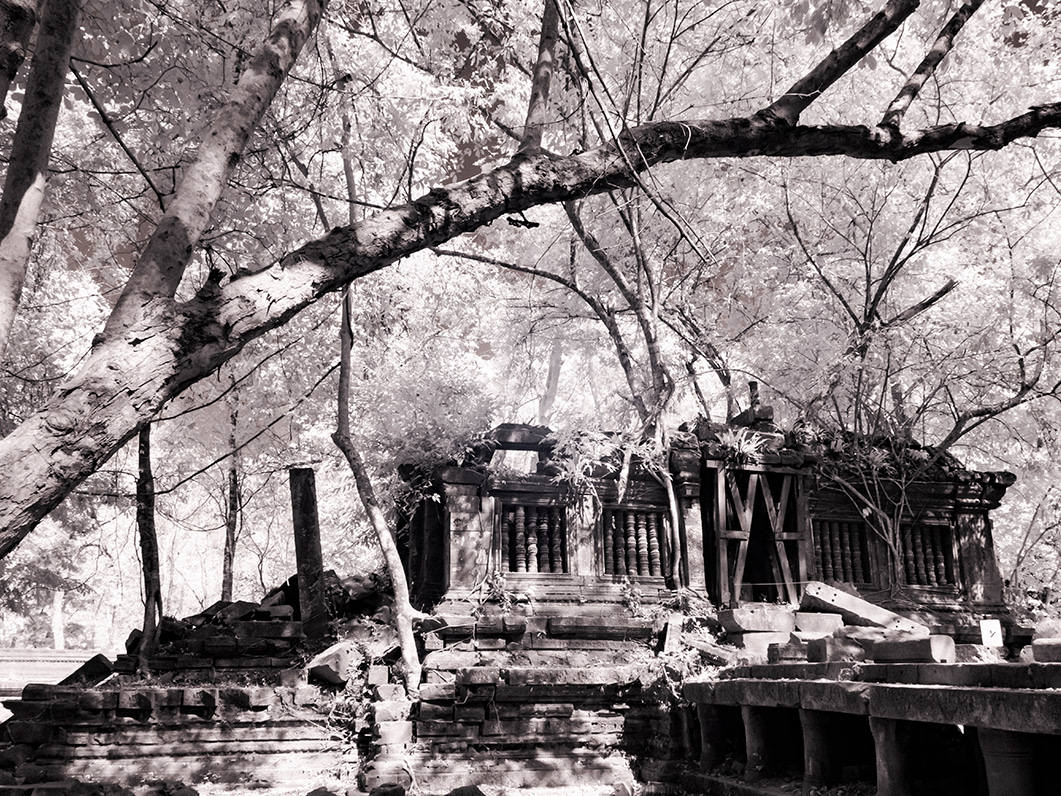This is the second blog in my project, started as part of my efforts to try to capture, through photography, the beauty and essence of some the many architectural treasures of Bangladesh.
Following on from my blog about the Baliati Palace in Manikganj District, it seems that this part of the country just keeps giving. After the awe and grandeur of the Baliati Palace, it was a real surprise to come across the ruins of the Teota Palace within an hours drive.
Although 250 years old and very much in ruins, it isn’t hard to imagine just how beautiful this Zamindar house must have been at its full glory. The house is located on the banks of the almighty Jamuna river, in the Shivalaya area, just three kilometres from the Aricha ferry terminal.
The Teota Zamindars (landlords) administered one of Eastern Bengal's largest estates of the 19th century. The lineage was founded by Panchanan Das Gupta, also known as Panchu Sen, who was born around 1740. He made his money from trading tobacco in Dinajpur (in northern Bangladesh) and returned to Teota to establish the current estate. Panchu Sen was given the title of Chowdhury in 1830 by the Nawab of Murshidabad. ‘Chowdhury’ is a hereditary title of honour whose meaning originates in Sanskrit and reflects the idea that the possessor would hold a parcel of land of a certain size (chadhur (four) and dhar (to hold or possess)).
The palace was set on about 10 acres of land, consisting of 5 large buildings with about 55 rooms.
The palace was set on about 10 acres of land, consisting of 5 large buildings with about 55 rooms.
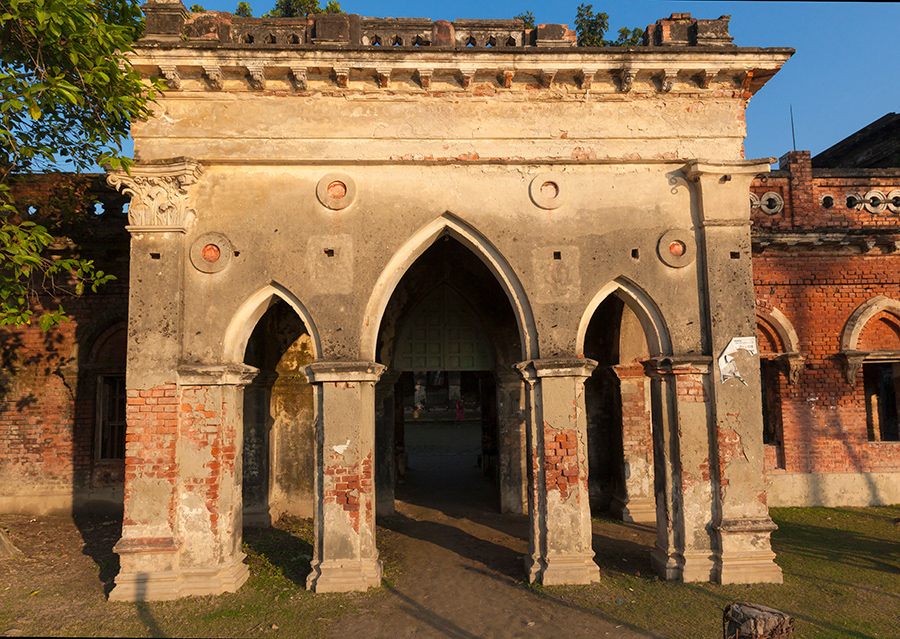
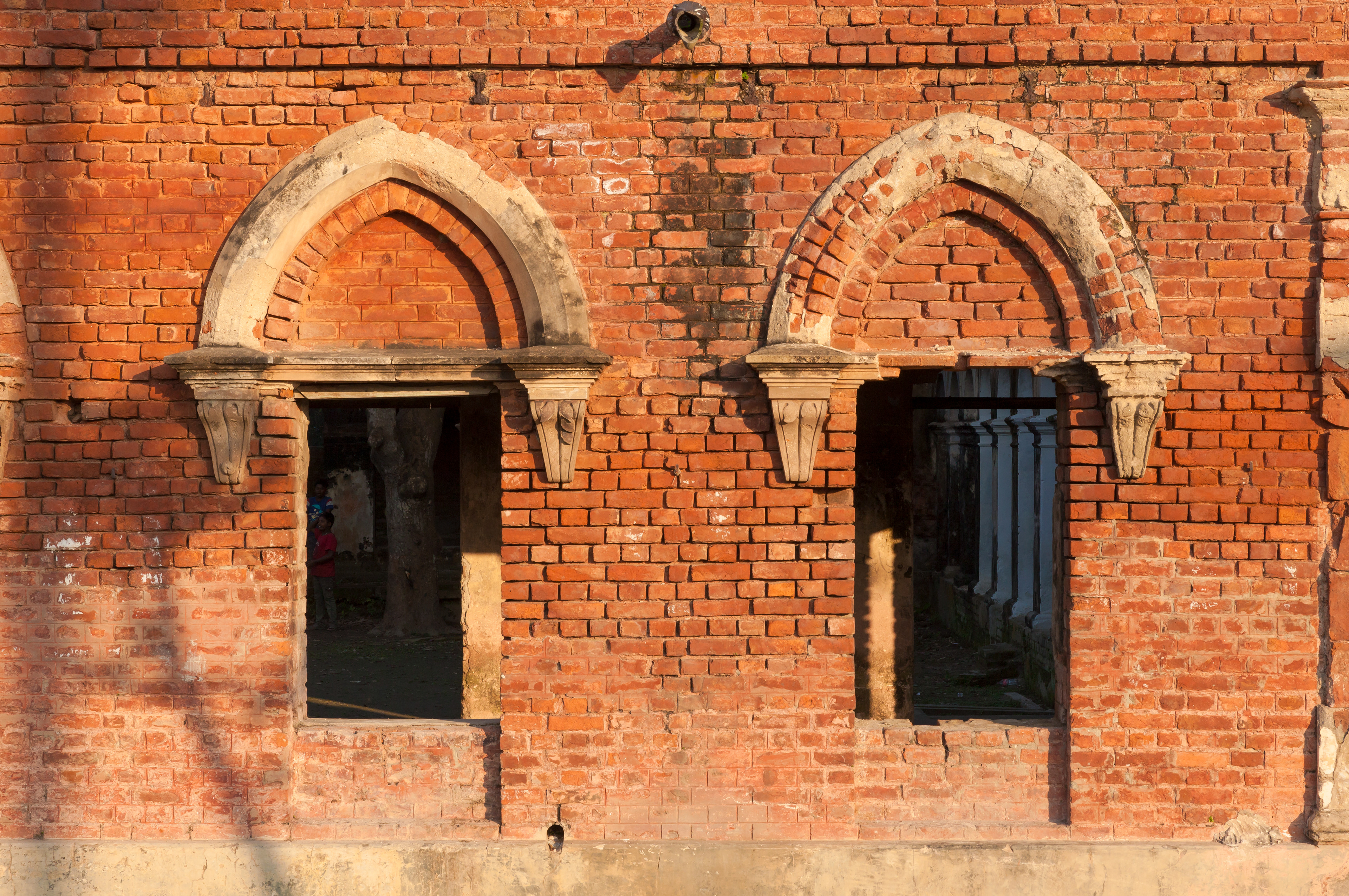
Hosting two large ponds and two temples on the Northern and Southern sides of the main building, the recently renovated Navaratna Math highlights just how beautiful an estate this once was. The Navaratna Math was built around 1920 and was probably the last major construction on the estate. Dol Jatra (‘Dol Festival’ dedicated to the worship of Krishna) is still held here every year.


Above Left: The Navaratna Math, and right: the Hindu shrine worshiping Krishna
As was the case with the nearby Baliati Palace, the Palace was abandoned after the partition of India in 1947 when the last Zamindar of Teota left for Kolkata, abandoning their home of 150 years.
Time has not been kind to the Teota Palace, abandoned, looted and stripped of its valuables, today the outer shell is all that (just about) remains. However, even through the collapsed roof of the grand central hall, the splendour of the original building is still visible.
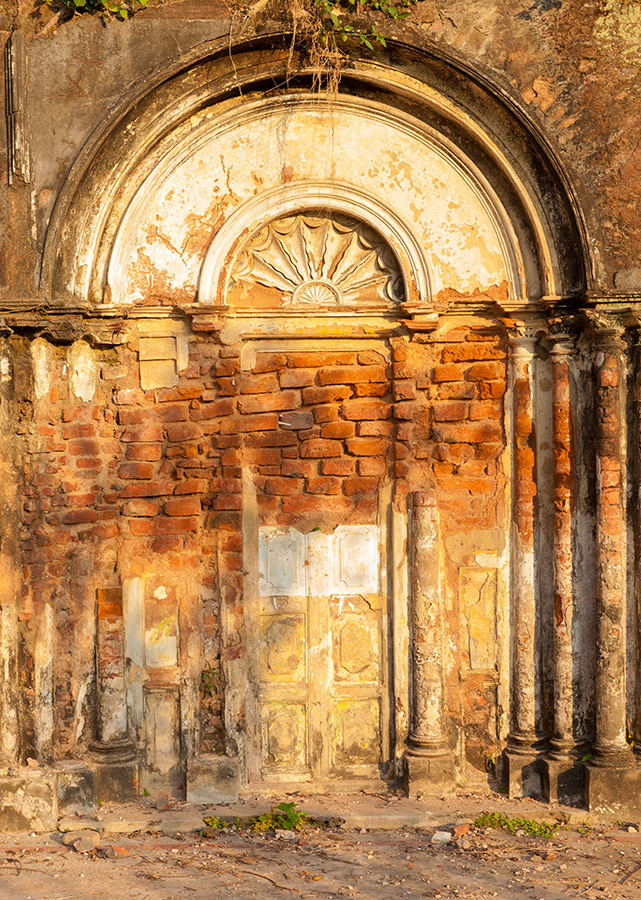

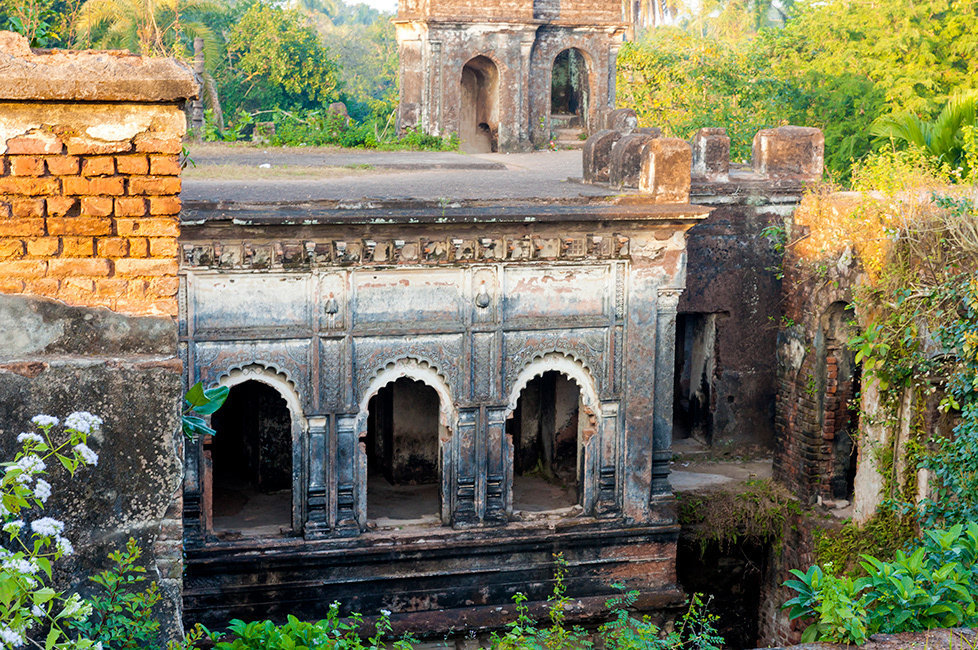

Above Second from Left: View of the centre courtyard of the main building (from the roof)
Above far right: detail of a niche in one of the rooms on the second floor of the main building
Above far right: detail of a niche in one of the rooms on the second floor of the main building
Beyond the history of this estate, the reason it has remained within the awareness of locals is due to its relatively recent cultural significance as the place where national poet Kazi Nazrul Islam first met his wife Pramila Devi, a local girl. Pramila Devi, was born, Ashalata Sen, on May 10, 1908. They married in April 25, 1924.
The national poet first came to Teota as the guest of the Zemindar, Kiron Shankar Roy Chowdhury, who was involved in the anti-colonial movement. Many such luminaries of the time visited Teota as it hosted a congregation of anti-British independence revolutionaries. Both before and after marriage, Kazi Nazrul Islam visited Teota many times, and it is understood that the backdrop and scenery of Teota inspired many his well-known poems.
It is this connection to the national poet that lead to the renovation of the Navaratna Math by the Government. Although a museum dedicated to Kazi Nazrul and Pramila Devi has been promised, there is little tangible progress.
The Teota Palace stands as just one more lost opportunity for Bangladesh to protect, restore and champion its historical, architectural heritage, both Mughal and Colonial.

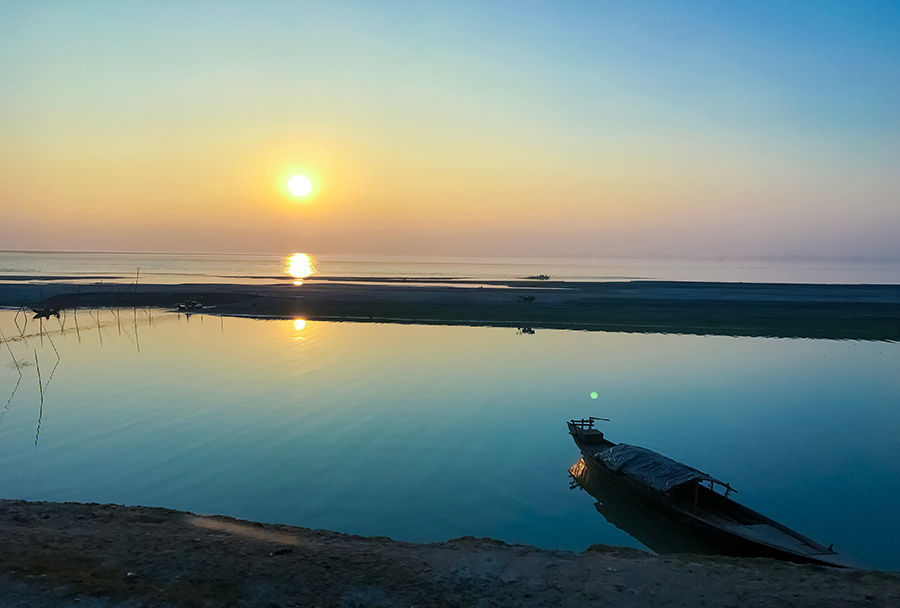
Above right: The sun sets over the Jamuna river a few hundred yards from the Teota palace
Location: Teota village, Shivalaya sub-District, Manikganj District. Access to the palace from Dhaka is via the N5 highway and takes about 3.5 hours. Otherwise, it can be reached via ferry from Aricha ferry terminal.
References:
References:

